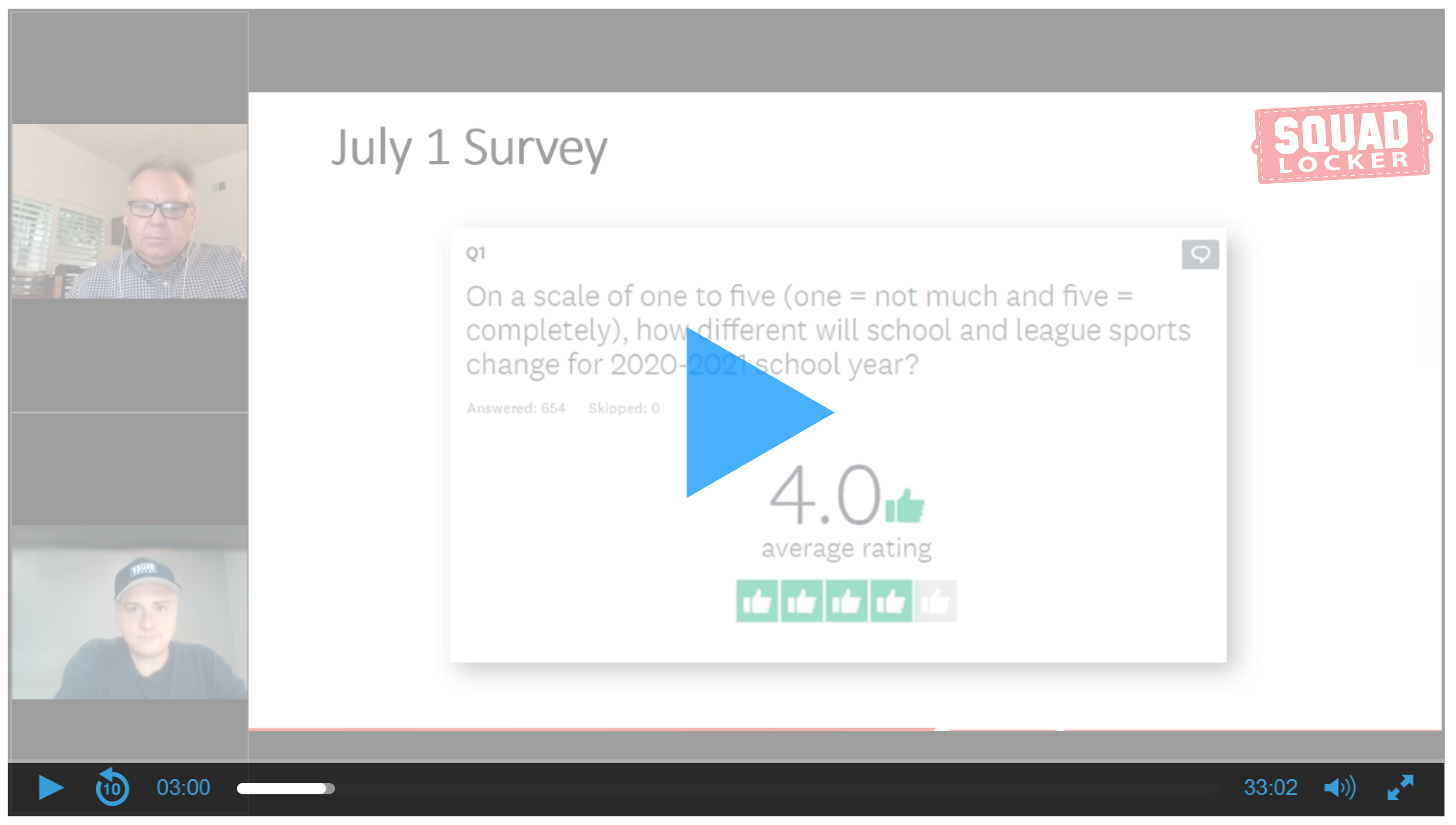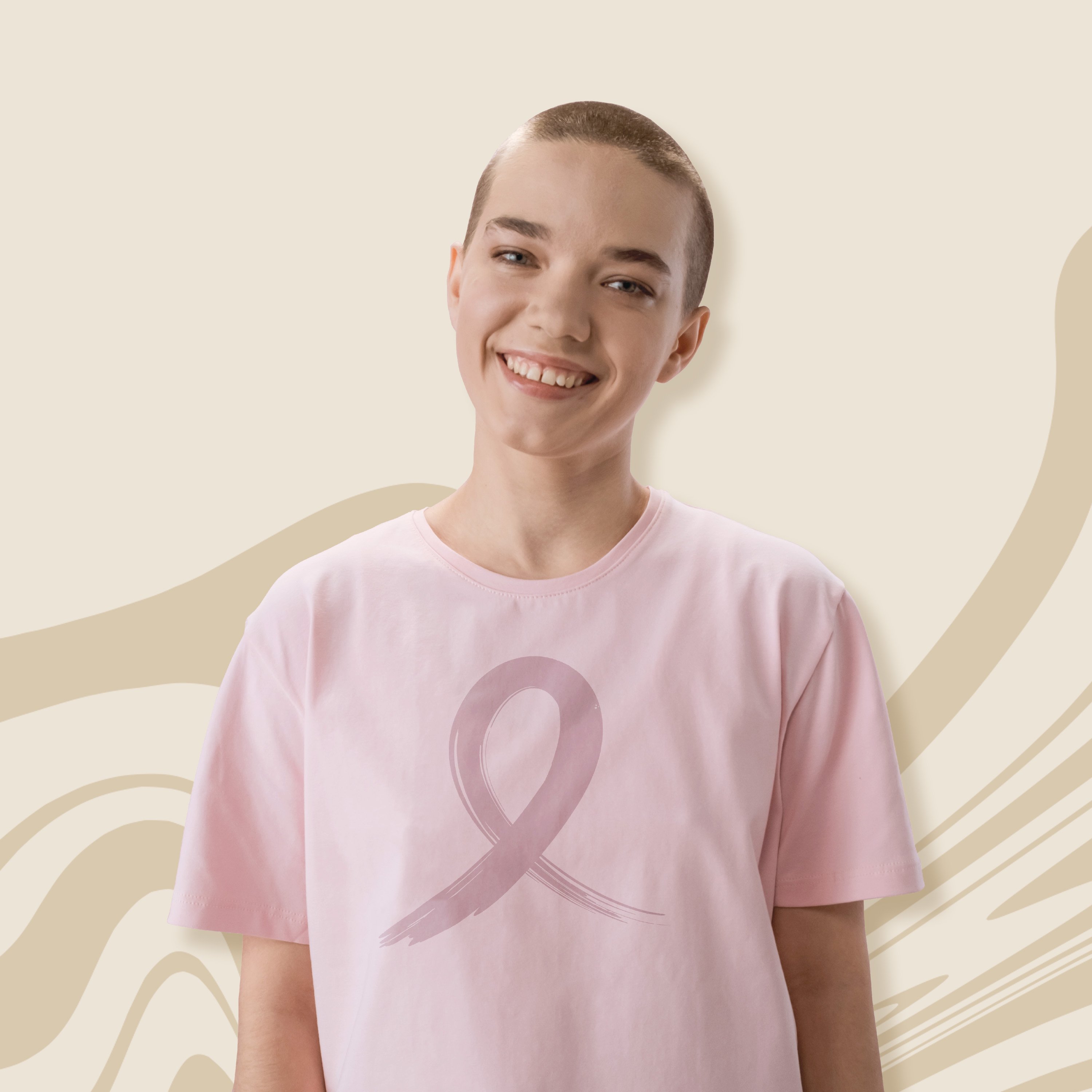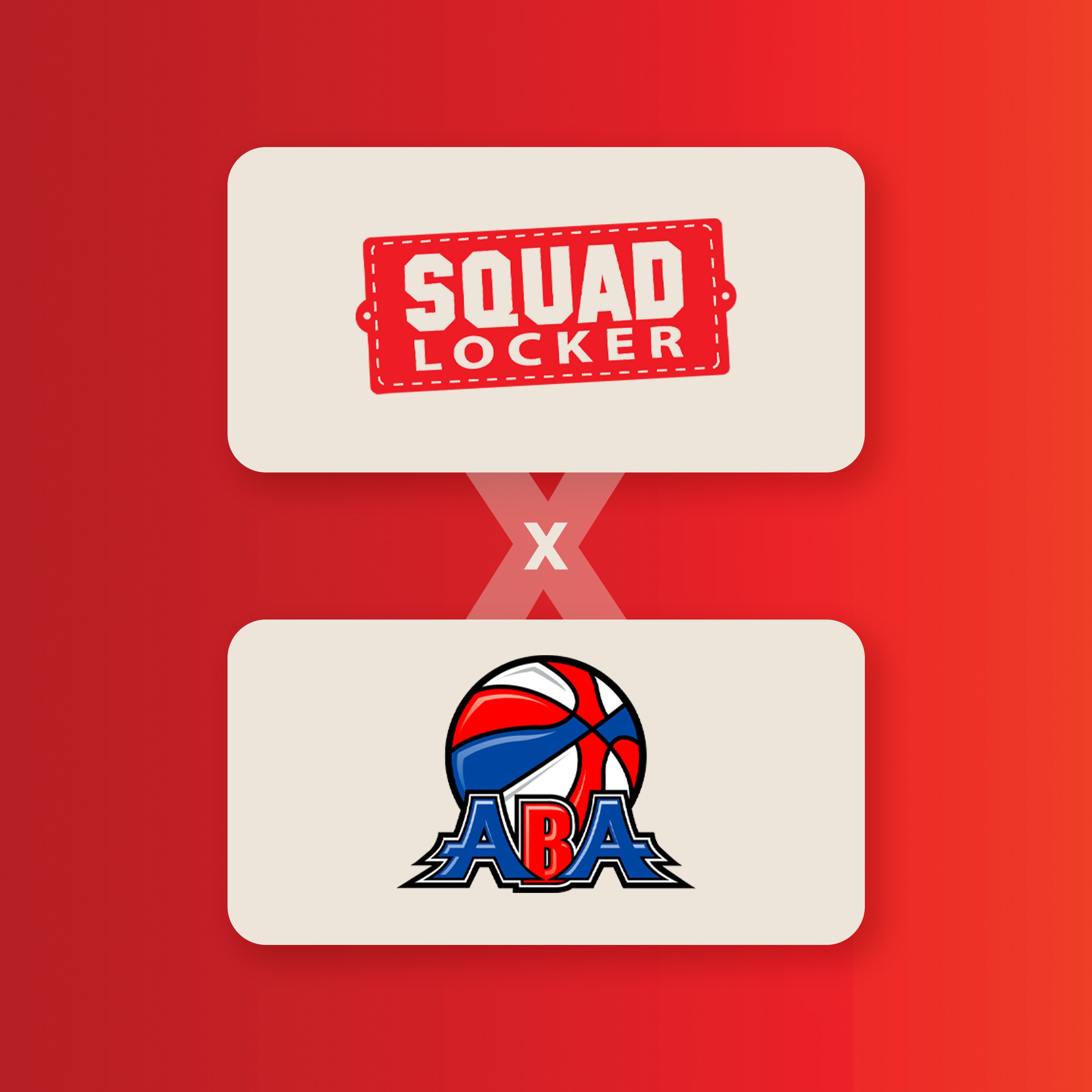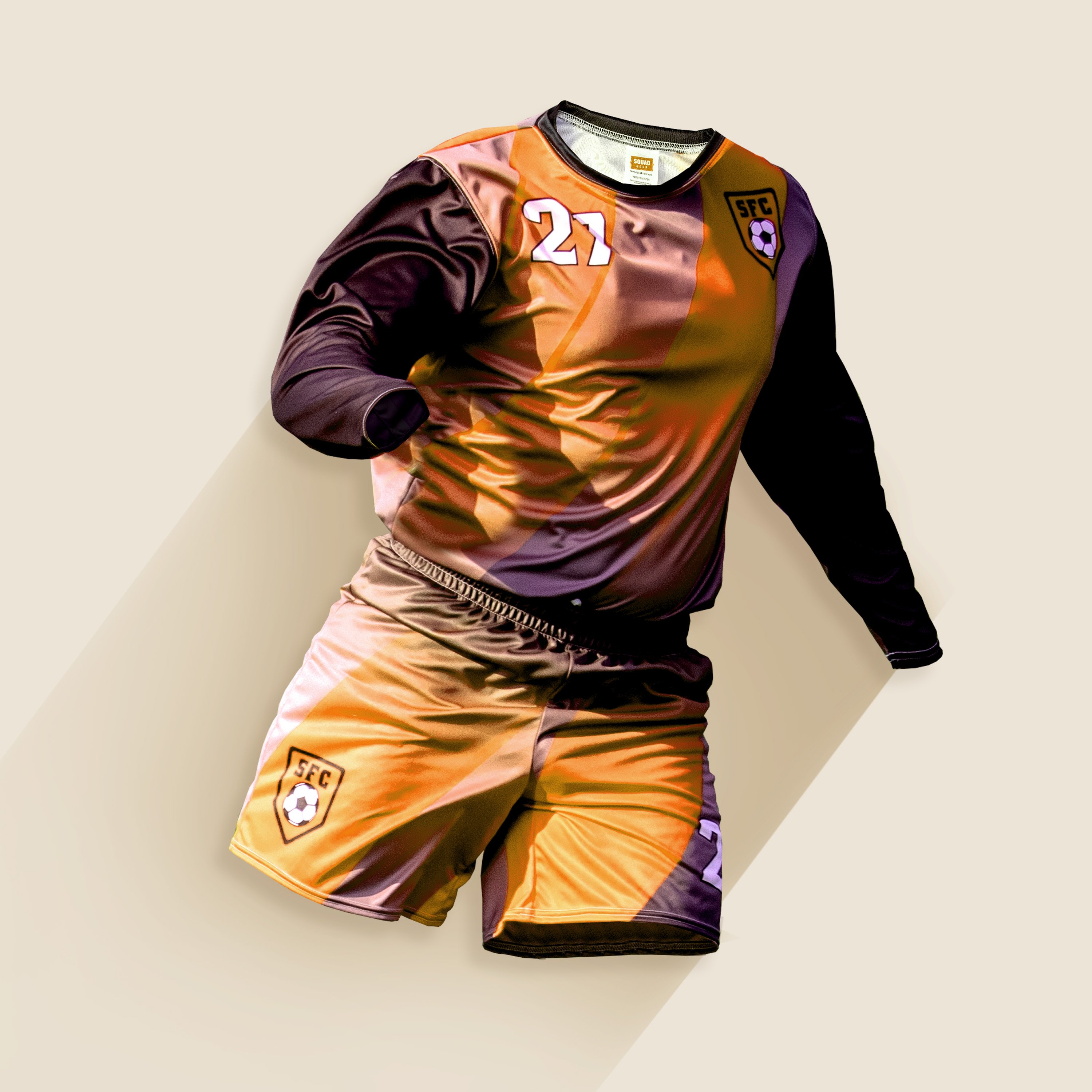
Full Transcript:
Jeanne:
Good afternoon everybody, or good morning for some people on the West Coast, like one of our guests, Mark, is talking to us from California today.
Jeanne:
Gary and I are in Rhode Island. It's a sunny humid day here. I know it's a sunny day and probably not so humid for Mark. We're going to be getting started in about a minute. We have hundreds of people that have registered for this particular conversation between Mark and Gary and we're very much looking forward to being able to share this information with you. If you could just be patient for another 60 seconds or so, and then we're going to get going.
Gary:
Mark, in the meantime, would you like to sing us a little song or something?
Mark:
Wasn't it you were talking about this dream that you had of tap dancing in the rain and swinging off a lamppost? I thought it was you.
Gary:
Yes. That was a dream I had, Mark.
Mark:
I think you'd be great at it, personally.
Gary:
I would be good at it. [crosstalk 00:01:07].
Jeanne:
My singing duo there. We're going to get going right now. Thank you, everybody. We have a few little housekeeping things that are going to be going on today. First of all, we are recording this webinar and we will be doing a transcription to be able to share with everybody. Gary and Mark, who have both mentioned a number of you have downloaded the return to play ebook that we've made available to you. We will also make it available to you when we send you the transcription, as well as the recording of this particular event.
Jeanne:
If you have any questions in the GoToWebinar platform dashboard, there is a question pane, and there's also a chat pane. I will be monitoring all the questions that are in here, and as we continue, I will interrupt Mark and Gary, or we will wait until the very end to be able to answer any specific questions you may have.
Jeanne:
This is exciting. This is our first of three conversations. We're doing this in July. We had originally hoped to be able to do this in June, but things were moving so quickly, it was crazy. Mark and Gary taught a lot together. They're good friends, and they talk a lot in terms of the industry and what's going on. I've been lucky enough to be part of these conversations.
Jeanne:
In preparation for this particular webinar, I went out and I asked 270 people, how different will school and league sports be for the upcoming school year? The 3.7 rating was out of five, one to five, the five meaning drastically changed.
Jeanne:
I asked that same question three weeks later to 654 people, and in three weeks that had moved up another 10 plus percent. So people believe that this is going to be very, very different for everything.
Jeanne:
I'm going to turn this over to Mark and Gary. We're going to talk about some other research that we've been sharing together. Mark, one of the things that you had mentioned is this fact that 50% of parents indicate that their kids are now spending 50% less time. Would you like to talk a little bit about that?
Mark:
>Hey, good morning. Thanks for everybody joining. Thanks for the invitation to you and Gary and the SquadLocker family. It's a pleasure to join with you. It's a crazy moment. I'm driven by a couple of comments from the past. It's the best of times and the worst of times in many ways. Obviously we're living through a very difficult time in youth sports and the pandemic has caused that, but it's the best of times, because as [inaudible 00:03:51] said, great moments come from great opportunity.
Mark:
The ability to reimagine youth sports is amongst us, but there are some concerns. This survey says that 50% are spending less time playing sports, clearly, but also 20%, thanks to the Tom Farrey Institute. There's a Freudian slip. The Aspen Institute run by Tom Farrey, saying that they've lost interest in playing and won't come back. 20%.
Mark:
There's also this concern that other people [inaudible 00:04:23] said 18% of players, which has grown 2% every year for the last five years, have had a first time experience and not come back to sports regularly.
Mark:
I think it begs the question, is this the time to reimagine, both from a short term and longterm, and modernize what we're doing in the sports business. I think we're at that stage where it's a great opportunity to reimagine what we're doing,
Jeanne:
The re-imagining component of this, Mark, this is something that Gary speaks to all the time. How do we take a look at this on the short term? For example, we know that there are some sports leagues that are doing intermural. They may not be doing school leagues, that sort of thing. How are we dealing with that, Gary, at SquadLocker?
Gary:
Yeah. Thanks Jean. At SquadLocker, the current market dynamic is, as Mark indicated in the beginning of the discussion, it's very fluid. Due to the tremendous amount of uncertainty about whether programs will be permitted to play and whether parents and players are comfortable and confident with it, seeing our customers, meaning SquadLocker serves administrators of these programs, coming to us with all sorts of new demands. These demands put an enormous amount of pressure on timelines. SquadLocker is actually really well suited to manage this dynamic. We've been lucky enough to partner with companies like Augusta, where they've placed their inventories into our warehouses.
Gary:
We're prepared to deliver relatively quickly compared to the industry standards. We're currently shipping orders in as few as three days. What I would tell those listening to this podcast or this webinar, and are concerned about being able to adapt to what it is their players and teams need is it's all about preparing with us. If you're an organization, you're a soccer organization, and you're not sure whether you're going to open or close, or when it's going to happen, my recommendation would be, well, have a conversation with us and get an implementation set up so that in the event you do have a green light, we can go from planning to action instantaneously through our online software platform.
Gary:
Much of our supply chain is really well suited for this, including the fact that we ship all of our orders direct to home, so this concept of contactless delivery is something that SquadLocker has been doing for the past five years. We spent a considerable amount of time reimagining and modernizing supply chain for youth athletics and school required dress uniforms in athletics since our inception in 2019, when we recapitalized the company and restarted things.
Gary:
We've been working on this for five years. This unfortunate situation, this pandemic, has accelerated, in our opinion, the adoption and use of what we've already put in place. That's a long answer to what felt like a short question, Jeanne. I apologize for that. I hope I stayed on topic.
Jeanne:
That's okay. We'll keep you on topic, Gary. That's good.
Gary:
All right, thank you.
Jeanne:
Mark, I think one of the things that you've been really concerned about is that essence of communicating. How do you communicate? How do you ask questions? That's one of the things you said in here in terms of modernizing. You mentioned earlier using surveys with your particular audience.
Mark:
Look, I think this whole idea of re-imagining and modernizing sports, the clients, I think that are on the call, are clearly sophisticated folks because it's a sophisticated client that uses SquadLocker's approach today in uniforms and equipment shipping directly to home and avoiding the cumbersome process of handing out in bulk and encumbering volunteers with massive amounts of storage needs and contacts and calls. Your clients are already a very sophisticated group, so my comments are really more general about youth sports, but it's a short term and longterm position, I think, in re-imagining your business.
Mark:
Short term, you got to get access to kids to participate. That could be through virtual training. It could be like Soccer Stars and Sarah Natchez's group, who are bringing small families to backyards. Super important how they're re-imagining what's happening.
Mark:
You're also looking at over-communicating, and that's something that people have struggled with. Surveys can do that. They can, before the season begins, match up what the best coaches are by analyzing what parents are looking for in their season. We all know that youth sports has a dreadful drop-off ratio of somewhere around about 40% after a year and a half of participating. If you're running a business, bad numbers. One of the things I think we're lacking is the understanding of what parents are looking for from their activities.
Mark:
This generation is requiring more from their activities than ever before, so it's critical to understand what parents are looking for. Access, over-communicating, surveying, and understanding what the client needs are very critical.
Mark:
In the longterm, I think you're at a stage where you got to act now. We talked before the call, retail wise, that Neiman Marcus and Stage, guys who have outdated methodologies to market are liquidating. 50% of the programs today are saying that they potentially could go under. You've got to act now. We were economically insular, but we're not pandemic immune. Action is required.
Mark:
But longterm strategies are going to be around re-imagining their sport. Instead of running two traditional seasons, you may need to run four to six. If you look at i9 and Soccer Shots, who lead franchise development and professional execution of sports, these guys are running bundles of sports and running the programs when parents are available to participate, going back to access. They're also advertising and digitally promoting on things like Red Tricycle, Crazy Mom, on all of these parent blogs, instead of putting up signs and banners on facilities.
Mark:
They're also changing the narrative. That narrative is critical because to be fair, youth sports is sold as, you can get a college scholarship, et cetera, and that certainly is very valuable. But the narrative today is about health and welfare and reducing obesity capabilities and being socially adjustable. I think Aspen Institute lists those test scores 40% higher than before.
Gary:
I'm really curious about that because within my own family, during the onset of the pandemic, my wife and I reflected on this moment of a silver lining and while there was so much devastation and sadness throughout the world, we, for the first time, were a family unit again. Kids were back from college. Forced to leave college. We were eating meals together as a family, which we hadn't done since the kids were little.
Gary:
I'm just curious, you spend a lot more time interacting with the marketplace in a broader sense than I do. I'm focused inside on my business, trying to be customer focused, trying to be customer centric. Your role is the ambassador of Augusta Sportswear. You're out in industry events. You're communicating with high level thinkers throughout the marketplace.
Gary:
One of the things that I was always frustrated with about youth sports was this enormous amount of pressure that both parents, and unfortunately students, felt on this unattainable track towards professional play or a massive entrance into an Ivy League scholarship or some huge prize associated with the path of participation. As a parent, and some of my kids are decent athletes, one of them was an all state lacrosse goalie, I never wanted the kid to feel like, hey, you're effectively at work and you've got to hit this goal, you've got to hit this destination.
Gary:
When you look at the Aspen Institute of less likely to smoke during pregnancy. By the way, that's with both genders. Higher likelihood to go to college. Lower levels of depression. Higher self esteem. Mental wellness and physical wellness. You talk about prizes. That's a way to change a whole civilization in terms of health and wellness and ability to be productive and to really start to cure some of the world's much more complex problems than paying for college or becoming a professional athlete.
Gary:
I'd love to hear what you think. This is a really interesting question, one that I've been churning with. Is there a silver lining moment here to redefine what sports means to kids and get off of this hard driving track to this one 10th of 1% or 100th of 1% that becomes a professional athlete, and/or this massive burden that parents are putting on kids to, you got to get a scholarship. Is this an opportunity to say, hey, it's about play. It's about enjoyment. It's about learning to collaborate.
Gary:
Because the SquadLocker culture for us is about being in a position to help those administrators do the things that they love, which is invest their time and energy and mentorship into kids. I'm wondering, is this a transformational moment in time in youth sports around that? Can we make it about the Aspen Institute things as opposed to the finance and the stardom? I'd love to hear your thinking on that.
Mark:
Well, I think if you're 100% right. Tom Farrey, the Aspen Institute, has certainly struck a chord. We're grateful members of the Aspen Institute and Tom has done some stellar work. First of all, I'd say there's nothing wrong with elite play today. It serves a fantastic purpose. Both of my kids played at high levels and we invested heavily in their excitement and journey in youth sports.
Mark:
I think though, the narrative behind... Let me backtrack. The challenge is going to be, 85% of parents say today, they want to participate in sports, regardless of the ethnic background. And only 36% are playing. That 49% gap is a massive question, Mark, for all the people that are on the call today. The question is, what's going on with the 50% of people that are not acting on their demand.
Mark:
I think there are a couple of things that you've illustrated. One is, I'm not sure the narrative is right today in developing youth sports' go to market strategy. The things that you pointed out about obesity, test scores, et cetera, those are extraordinary stories to put in front of a parent blog today to explain why their kids should participate in sports versus the other narratives that I think are now played out. And again, nothing wrong with getting a college scholarship in sports at all.
Gary:
Of course not.
Mark:
But it's not the narrative that I think is addressing the 50%. The second thing that I think is most critical to your members and your clients on the call is take a good hard look at how you're treating your first time consumer. I know how you treat your consumer with the most tender care that you can give, because I've been on the end of phone calls from you about shipping things quicker. I know that you care deeply. I know that people on the call care deeply. But if you take a look at the first time player experiences, generally with the least qualified coach, they probably get the least expensive uniform, it's probably a tee shirt. They play on the worst part of the fields. They get the back end of the schedule. They register in March and April and don't hear until August. The parent has very little authorship in the program. They don't have a lot of input in it and that's probably today not acceptable to the generation.
Mark:
Your children's expectation for their children, that'll be dramatically different than they were for mine. I was just happy to get them on the field and participate in any way, shape, or form. Today, teaching is a science. They want to see the coach bend on a knee and go make eye contact with their child. They want a teaching process. It's not just about participation. It's just about getting a high level of value from the event. I think this is where the opportunity to modernize and reimagine. Narrative, go to market strategy, and investment in the first time player experience, I think are pretty critical factors.
Gary:
Great. Appreciate that, Mark.
Jeanne:
We talked to about-
Gary:
Jeanne, sorry to derail you. I'm going to pass the baton back to you.
Jeanne:
Thank you. We talked about 50% of the programs have been said that they are in jeopardy. Mark, one of the things that you do at Augusta is you have these regular powwow sessions with 25 key executives typically once a month on Wednesday nights. You had one last night and you pulled out a lot of very interesting data from that.
Jeanne:
Some of that were the innovations that you had mentioned in terms of buckets. What are people doing? There's one bullet here where you talk about surveying pre, mid, and post, and then also designing around what the client needs. You've also mentioned digital innovation.
Jeanne:
I know that one of the things you also, I've heard you talk about this many times, is evaluating that first time playing experience, because that first time and having that uniform, this is something that I learned from Gary, as well, is making sure that uniform is right, because people want to feel like they're part of a team. Kids want to feel like they're part of something bigger. What are some of the other innovations that you've been observing in your role right now as helping out with the Return to Play Coalition?
Mark:
We've covered a lot of ground already, I think. Just a little bit about the uniform piece from SquadLocker perspective, they probably do it better than anyone in the market at the moment, is I think it's an outdated process today to serve uniforms in bulk. There's nothing wrong in doing that, but it's probably not the way to go. COVID certainly has hit home at the hygiene value of uniform handouts and the ease of access and the personalization of it. There's nothing better than receiving a box on your doorstep, it's like a Christmas box, that opens up [inaudible 00:19:07] uniform and messaging and what a great way to do that. But it also addresses the issue that sports who depend on volunteers simply can't spend the time working on uniforms and equipment that are so necessary for children to play and SquadLocker can take all of that work off your plate through registration data, to ship to home processing. And that experience again, to the first time consumer in particular, is such a better experience to get a Christmas box that lands on your doorstep.
Mark:
I think that innovation, it frees up people to do more time. In most cases youth sports organizations spend up to 40% of their time managing uniforms, especially at peak times when they want to be running better programs and addressing a better environment. I think that's an innovation that makes a ton of sense, and perhaps, again, SquadLocker leads the way in that.
Mark:
I think there are a couple of things that also I would say. The first time player experience, you just need to look at what banks do today to their first time customer. It's a dramatic difference between the way that we treat people and I think adjusting for that is an innovation that's necessary.
Mark:
I think the way that we treat the community is very important. We have worked with the National Park and Rec, in particular [inaudible 00:20:22] here in California. One of the leaders, Dave DeLion pointed very out that today there's lack of trust and partnership with youth sports organizations and the city facilities. 97% of all youth facilities in the country use government facilities, schools and government. There's a lack there.
Mark:
There's a chance now to rebuild that trust with city management through being partners. If a field needs to be redone, perhaps it's time to partner with the city government to help produce a better facility and a better environment. Perhaps we need to play a better role. Investing time in building relationships with city managers and sports managers are critical. We're seeing it today that a lot of facilities, when they potentially could open, they're not opening, and a better partnership with the city managers and the community is essential.
Mark:
I think the last thing is just meeting the parent where they are and trying to understand what parents want today, whether that's, I want a box of uniform shipped to my home. I don't want the wrong size just given to me. I want this to be a special moment for my child. Or we may have to move fields closer to the facilities. You look at people like Soccer in the Streets that have built facilities next to transportation hubs so the parents don't have to transport their kids to the facilities.
Mark:
By the way, Tom Farrey's data at the Aspen Institute said that 20% of the people say that transportation is going to be a barrier to participating in sports moving forward, because scheduling is too difficult. People are taking on two or three jobs. They just don't have time to transport children to practice.
Mark:
If we look at it honestly, youth sports facilities are moving further away from the central city. This is one of the real big challenges between the racial and gender inequity in sports. Innovations are critical. I looked at a rent called the Utah Gold Cup run by Utah Youth Soccer for 16 to 19 year old. Many people report it was the best experience they had. EC&L teams, high level teams, no trophies, no winning, no losing, and they had one of the best experience ever. Understanding the players journey versus what we think is best for them. Probably is a good time to evaluate.
Jeanne:
I think one of the things that we were talking about earlier as well is we noticed after the COVID fallout, we had a number of customers because face masks, community masks, non medical masks, were being required. I know Gary, you stepped in, in a way to be able to find those kinds of masks that the youth athletes can participate in sports in a safe fashion. Would you like to talk about that at all, Gary?
Gary:
Sure. Happy to Jeanne. Obviously face masks have been a proven help to [inaudible 00:23:13] and eliminate the spread of the disease. We did it a SquadLocker way. We love personalizing and decorating garments to a specific group with a specific logo. And at SquadLocker you can get masks individually decorated and shipped directly to home. We're seeing a significant increase in our customers adding them to their stores and they ship super quick out of our facility, two to three days for custom masks, and they go right home. You can get a mask with your team or league or school's logo on it. We've got a variety of different colors, options, sizes for every age group, and desired whether it's going behind the ear, around the neck, et cetera, et cetera. We've got a bunch of cool mask options and it's currently representing 10-15% of our daily sales. 10 or 15 cents of every dollar we're selling is a mask.
Mark:
Gary, I would add Jeanne, one of the things for the clients on the call is there's a company called Leagueside, L-E-A-G-U-E-S-I-D-E, Leagueside. It is an innovative company that's providing a lot of corporate partnerships. One of the interesting things that Evan runs there, they have 10,000 organizations at the moment, very ROI and digitally driven, but supplying great deal of money to offset some of the challenges, but the ability to deliver coupons and messaging in boxes to homes is a critical capability. I think at SquadLocker they can provide that type of thing. If it's a Chipotle sponsorship, if it's underwriting scholarships for children that just can't participate, the ability to put those into boxes or to deliver that messaging is critical.
Mark:
That's one of, I think, the real key assets of SquadLocker's ability to ship to home, is going to be this opportunity to go into the house with messaging. Obviously you can't overdo it, it can't be a NASCAR shirt, but it can be something very pivotal to driving partnerships and corporate sponsorships to see great value in underwriting scholarships and coaches salaries that can be ambassadors to health and welfare initiatives. It's a great capability to be able to... It changes the dynamic of sponsorships on a local level.
Jeanne:
You're bringing up an excellent point, Mark. I know something I learned from you very early on is that 97% of the municipalities that host these youth sports organizations and teams and that sort of thing, they don't get any money. As these towns and communities are being financially disabled by the pandemic, how can we help support them so children and adults can play? We do have a good question from Stephanie here. Stephanie. I'm going to say Stephanie or Stephanie, I don't know. "This webinar is focused on youth sports. What about adult rec sports? How would you deal?"
Jeanne:
To me, a 16 year old is a young adult. But I don't know if Stephanie was meaning somebody that's in their thirties or something playing softball or something like that. How are we going to be able to impact them? The concept of there's a 100,00 youth athletes in the United States, chances are there's 100,000 adult athletes in the United States as well, on some level, playing various intramural sports. How would we address that?
Gary:
At SquadLocker, we're agnostic to the age of the participants. If it's a 75 year old adult pickup basketball league or U9 pickup basketball league, we're going to offer the same service, price points, and performance, regardless of the participant. I would even argue that in the adult space, it could be potentially even harder to get everybody at the same place at once.
Gary:
For that type of organization, I think SquadLocker is really well suited. It's a completely online experience and we do ship to individual players and parents or participants directly to their home. From my vantage point, it's a no brainer for us. I don't know, Mark, what you're aware of as it relates to supporting them from a municipal field access standpoint or any of the other information that you're hearing from any of the other groups that you're working with.
Mark:
Adult sports has become the domain of privatized programs that are executing adults sports, like [inaudible 00:27:58] in San Diego, for example. We're seeing a dramatic uptick in well-organized and professionally executed programs, good scheduling, great communication. That business is growing significantly.
Mark:
>Obviously COVID is affecting the adult population more significantly than youth, especially under 10, and so some of those programs are shut down. But I think this is about cost for adults and getting starter kits for them are pretty critical and shipping them to home and giving them complete access and early access to that I think is essential.
Mark:
But I see adult sports growing significantly, if not doubling in the next two, three years. I think what you're going to find, and this is one of the things coming out of the National Federation of High Schools, is that intramural sports are going to be critical. Again, this pathway of the elite player accessing varsity schools I think will go towards a much more aggressive intramural program.
Mark:
There's an organization called NIRSA, N-I-R-S-A, that does a ton of work on intramural sports in colleges as well. I think that part of the market is going to grow tremendously.
Jeanne:
You also have this chart talking about participation in youth sports, Mark, that I just put up on the screen. I don't know if you want to talk about it on a regional basis and how things have changed in a matter of months.
Mark:
I think you would not anticipate that participation number or registration numbers are expanding in the Northeast given the fact that it was arguably the worst hit, but I think it speaks to the discipline that youth sports and adult sports in this case have approached the business. We do think that college football will start and for the most cases, high school football will start. California announced yesterday that they're pushing all high school sports back to December and basically squeezing three seasons into two. Texas is not going to follow that, but New Mexico did, Virginia did as those that are in the area will know.
Mark:
There is this fear that high school sports will probably not completely go off on time, but really get pushed into a second season, but I think it's interesting to note that if you look at the numbers, the registration, the demand is there.
Mark:
85% of parents want to participate. They've just got to find a way to get to the field. They've got to trust the environment the operators are putting together. I think it's really good news. It's best of times and worst of times, I just think the best of times are that people desperately wants to participate. If we can re-imagine it and modernize it, I think participation levels are going to be higher two years from now, 18 months from now, than they are before the pandemic. It's just a great moment in time for us to really innovate and re-imagine.
Jeanne:
I like that a lot. We were talking earlier about the potential bill that's in the House right now. They're about 30 votes away from passing it on to the Senate right now. It's something that is getting some traction. You learned that last night, you said.
Gary:
Reach out to your Congressman. Reach out to your Senator. [crosstalk 00:31:18].
Mark:
Max Ross in New York is the champion of this bill. It encapsulates a number of different funding capabilities, including the PHIT Act. The PHIT act, P-H-I-T, was an act that basically allowed parents to take a tax deduction on any expenditure related to recreation and activity and fitness. Of course youth sports and adult sports were a critical component to that tax write off. That's in this program, in this bill, as well.
Mark:
As I understood it last night, the Play Coalition, in which Augusta plays a leadership role and Gary and SquadLocker are members of, are very close to some positive outcomes. It's a little bit of a difficult time right now. There are two funding pieces in front of Congress that take precedent over it. And then there is this need to get back to the constituents for election, so they're working super hard at the moment to keep putting this in front of everybody.
Mark:
It's $8.5 billion. I think it's super significant. Any role that anybody can play to lobby their Congressmen, their Senator, would be really, really helpful, but the next 10, 15 days are going to be pretty critical.
Jeanne:
Sounds very exciting. Thank you gentlemen, both Gary and Mark, for today. I don't have any other questions, nothing in the chat. We will be discussing as things go further. We'll be having other 30 minute discussions, one on August 20th and another on September 24th. We look forward to having you joining us then and our guests on today's webinar. Thanks a lot.
Mark:
Thanks guys. Take care.
Gary:
Thanks everybody. Have a great one.
Ready for Part 2?
Watch Part 2 of our Return to Play webinar series, as industry leaders address guidelines for returning to sports this up coming season.
Share this Story


.jpg)







